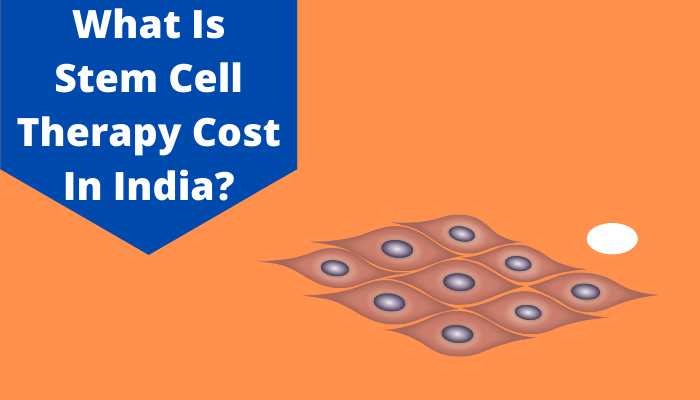What is the difference between Health Insurance Claim Ratio and Claim Settlement Ratio?
The importance of health insurance can be ignored neither by families nor individuals. The dangerous COVID-19 pandemic has motivated many people to purchase various health policies that will strengthen their health as well as finances during hospitalizations. But while going through the details of health insurance policies, many people find it an uphill task to understand all technical terms of the policy. Unfortunately, insurers are taking advantage of this intricacy and are overselling unintended coverage to customers who don’t have adequate technical knowledge.
Policyholders who want to enjoy their policies should understand a few key elements. Incurred Claim Ratio (ICR) and Claim Settlement Ratio of health insurance companies are two such terms that play a pivotal role while you initiate a claim for your policy. Unfortunately, many people can’t distinguish between the incurred claim ratio and the health insurance claim settlement ratio. If you don’t know the difference between these two, your chances of getting the best health insurance policy drastically come down.
Here, we are going to discuss the difference between these two so that you can select the best policy for your healthcare requirements.

What is a Claim?
Before digging into these two technical terms, let’s understand what a claim is. A claim is an official communication that an insured policyholder sends to the insurance company for receiving the sum insured according to the terms and conditions of the policy.
What is the Incurred Claim Ratio in health insurance?
The incurred claim ratio implies an insurer’s net claims paid by the insurance company to its total premiums earned. Every year, the IRDAI publishes information on the incurred claim ratio of health insurance companies. The incurred claim ratio portrays a health insurance company’s ability to settle the claims of its policyholders. If a company’s incurred claim settlement ratio is greater than 100%, then this implies that the insurer has given more than its receiving premium amounts.
Incurred claim ratio=total claims incurred by the insurance company/total premium amount collected from policyholders.
ICR contributes significantly to the success of an insurance company.
If the ICR is less than 50%
Under this scenario, the insurance company earned a chunk of profits from its customers. But this is not good for policyholders. Because this indicates the insurance company has collected more premium amounts as compared to the claim settlement amounts.
If the ICR is between 50-100%
This scenario is beneficial for both policyholders and insurance providers. This suggests the insurance company offers sensible coverage along with necessary features. The company is transparent to its customers and its claim settlement process is also simpler and convenient. Always purchase a policy from a company that has an incurred ratio between 70-90%.
If the ICR is more than 100%
If a company’s ICR is above 100%, this indicates the service provider is paying more claims than its accumulated premiums. This also implies that the insurance company is running at a loss and very soon, the claims will be denied. Always discard an insurance company that possesses an ICR value of more than 100%.
The claim settlement ratio
Mediclaim claim settlement ratio helps you to know how dependable the health insurance company can be if you initiate a claim. Among all private insurance companies, HDFC ERGO claim settlement ratio is 99.80% in the financial year 2019-2020.
Claim settlement ratio = (Total claims calculated)/ (Total reported claims + outstanding claims at the beginning of the years-outstanding claims at the end of the year)
Let’s take a look at the claim settlement ratios and incurred health claim ratios of various popular health insurance companies.
Claim settlement ratios and incurred health claim ratios of popular health insurance companies
| Insurers (Private and standalone health insurance companies) | Claim settlement ratio (less than 3 months) | Incurred health Claim ratio in 2019-2020 |
| HDFC ERGO | 99.8% | 69.01% |
| Edelweiss General | 99.72% | 113.05% |
| Go Digit | 99.65% | 51.83% |
| Kotak Mahindra | 98.68% | 49.22% |
| Bajaj Allianz | 98.61% | 81.96% |
| ICICI Lombard | 96.93% | 69.90% |
| Acko general | 93.49% | 21.08% |
| Future Generali | 93.34% | 62.52% |
| Tata AIA | 92.82% | 66.61% |
| Bharti AXA | 92.17% | 77.50% |
| Religare Health | 100% | 59.13% |
| HDFC ERGO Health | 99.99% | 73.69% |
What is the difference between incurred claims ratio (ICR) and the claim settlement ratio (CSR)?
These two may sound similar; there are some noticeable differences between them.
- The claim settlement ratio (CSR) implies the number of claims settled by an insurance company against the total claims made in a year. On the other hand, incurred claims ratio signifies the total amount of claims paid by the insurance company against the collected premiums.
- The CSR indicates the kindness and credibility of the insurance company in paying its claims, and ICR represents the financial condition of the company in the market
- The CSR value cannot surpass 100% but the ICR can.
- Policyholders can purchase a policy from a company that has a higher CSR. But on the other hand, a high ICR indicates that the insurance company is using most of its premiums for claims settlement. This implies the company is not holding a stable position in the market.
These days, the markets are crammed with many affordable health insurance plans. But, you must do thorough research and find out the best plan for yourself. To make informed decisions, you should be well aware of both of these terms. Though these two are often used interchangeably, they use completely different formulas. Since the incurred claim ratio is a more precise indicator of how you will get the claim from your health insurance plan, hence, don’t ignore this factor while purchasing a health insurance policy.




























